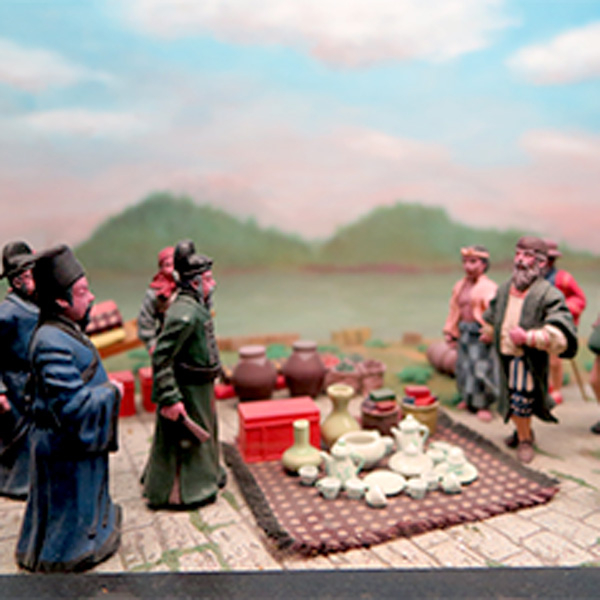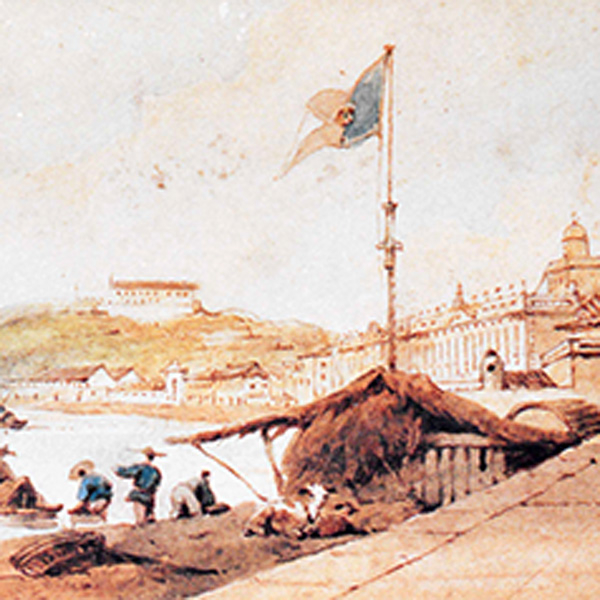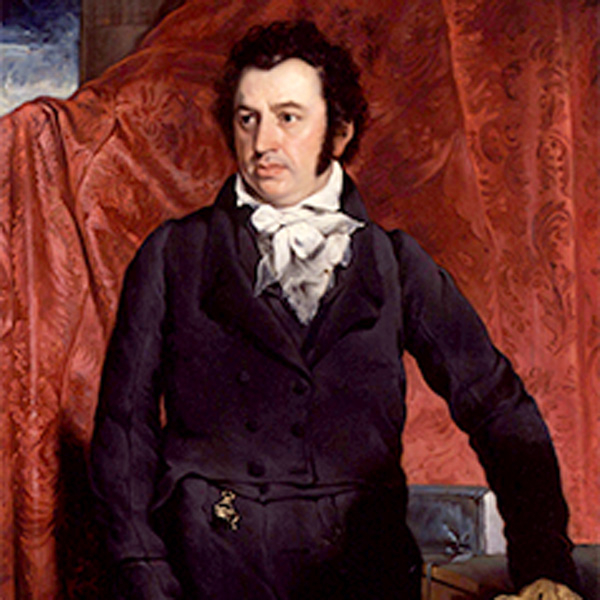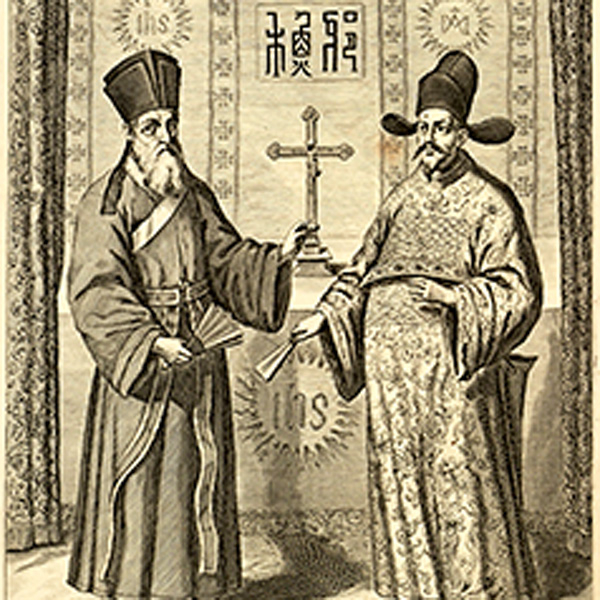
Macao before the First Opium War (Before 1840)
Macao before the First Opium War: an Overview
The Portuguese reached Chinese shores in the 16th century and were later granted residence in Macao (Macau), marking its official commencement as a trade port. The Ming and Qing dynasties dispatched officials to Macao and issued various decrees for better regulation. Inhabited by Chinese and foreigners, Macao was a gateway to Sino-foreign trade and cultural exchanges.
Macao before the First Opium War: an Overview
The Portuguese reached Chinese shores in the 16th century and were later granted residence in Macao (Macau), marking its official commencement as a trade port. The Ming and Qing dynasties dispatched officials to Macao and issued various decrees for better regulation. Inhabited by Chinese and foreigners, Macao was a gateway to Sino-foreign trade and cultural exchanges.
(1) The Opening-up of Macao
In the 16th century, the Portuguese arrived in the South China Sea to seek trade opportunities with the Ming court. They were granted residence in Macao (Macau) in 1557.
(2) Silver and Silk
After Macao (Macau) opened up in 1557, it evolved into a major entrepot for global goods owing to the Portuguese trade routes.
(3) A Winter Residence under the Canton System
In the 18th century, more Western countries became interested in trading with China. However, the Qing court promulgated strict regulations on foreign merchants’ activities in China. In 1757, it established the Canton system, turning Macao (Macau) into a winter residence for foreign merchants.
(4) A City for Chinese and Foreigners
After opening to foreign trade, Macao (Macau) evolved from a desolate island to a bustling city where Chinese and foreigners co-existed. It quickly became a magnet for Portuguese and Chinese seeking opportunities.
(5) The Chinese Villages Outside Macao’s City Wall
The Macao (Macau) Peninsula was home to both Portuguese and Chinese in the 18th century. The former lived in Macao city while the latter settled outside the city wall. The remains of these Chinese villages can still be found in Macao today.
(6) A Centre of Missionary Work
Following the Portuguese settlement in 1557, Catholics built monasteries and churches in Macao (Macau), making it a base for their missionary work in the Far East.
(7) An Intersection of Eastern and Western Cultures
Macao’s (Macau) opening to the outside world brought about foreign commerce and cultures.










